The value of promoting good hygiene practices in childcare
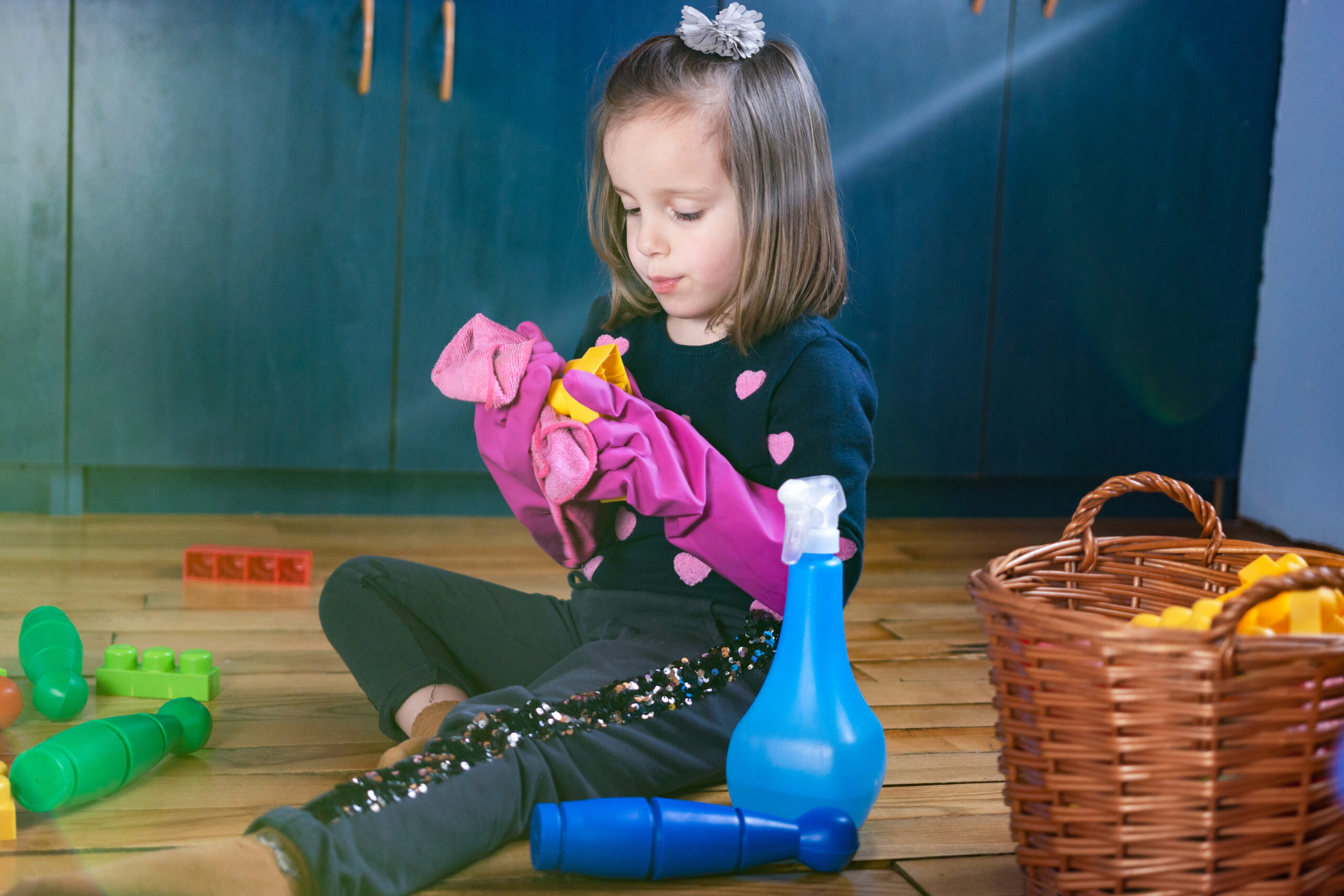
In preschools, primary schools, childcare facilities and home-based day care, many children sharing the same space increases the risk of illness. To avoid the spread of infectious diseases and improve children’s health, every centre should maintain adequate cleanliness standards by promoting good hygiene practices.
When children are young, they can develop habits that will last a lifetime. Employees, teachers, families and children are all involved in encouraging good hygiene practices.
Many parents choose a childcare centre based on its ability to keep their children healthy and safe from infection and sickness. Children are frequently unaware of the significance of personal hygiene, so when teaching a child how to keep themselves clean and safe, it’s critical to use different methods and incorporate positive feedback.
What are good hygiene practices?
Hygiene benefits both the child and those who care for them. For childcare providers, good hygiene is keeping the centre clean, maintaining personal hygiene to prevent the spread of germs and teaching children how to be clean. When children learn how to be clean in the bathroom, at the dinner table and elsewhere, they develop healthy habits that they will carry with them through kindergarten and beyond.
However, good hygiene involves more than just using hand sanitiser; it is a way of thinking that applies to all aspects of childcare. Everything you do to keep your centre clean, safe and healthy is referred to as hygiene.
What are the key good hygiene practices to be taught in childcare?
The best way to teach a child about the importance of healthy hygiene practices is to lead by example. As a role model for children, make sure you follow your own advice about maintaining a clean environment. A childcare centre is an excellent place for children to develop good habits and learn how to care for their bodies from adults.
Spend some time discussing hygiene in your classroom once or twice a year. Maintain good hygiene practises by checking each child daily and giving them one-on-one instructions as needed.
Because there are so many ways for germs to spread in a childcare centre, cleanliness is vital. Cleanliness keeps children, caregivers and parents safe and healthy. Let’s look at some of the most crucial hygiene practices in childcare.
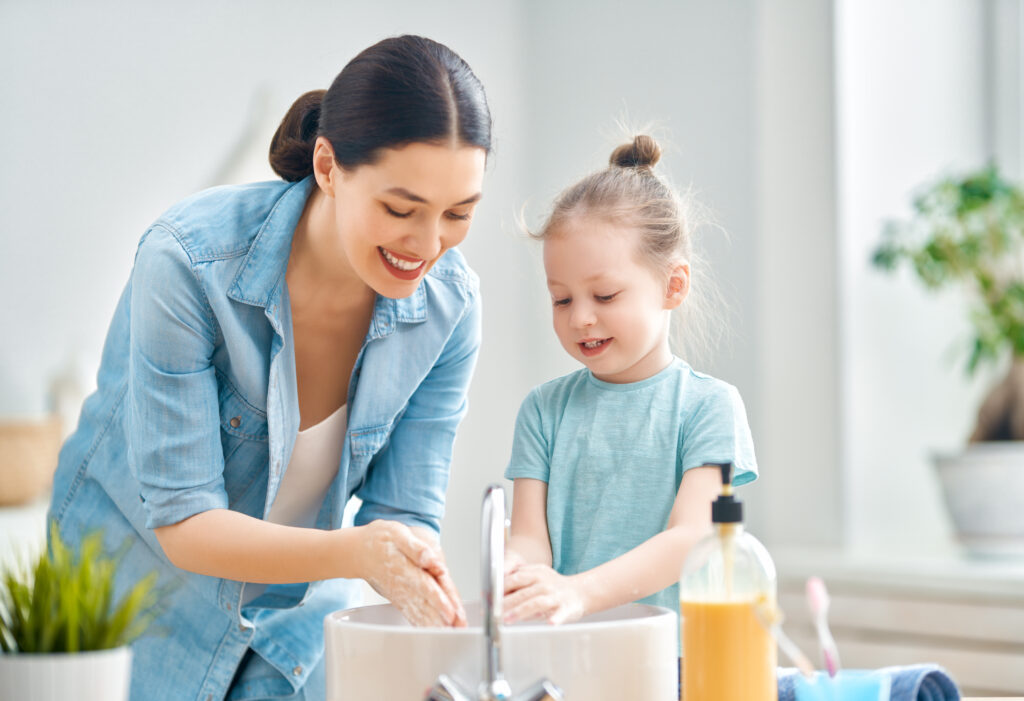
Handwashing
Children are still learning where they can put their fingers and are more likely to get their hands dirty by doing unclean things. Encourage children to wash their hands frequently to avoid getting sick, keep the classroom clean and free of sticky messes and reduce cross-infection.
Most germs are spread through physical contact. You can protect children and others from illness by thoroughly washing your hands and teaching them to do the same.
Teach each child to wash their hands with soap and water:
- When their hands do not appear to be clean.
- Before eating.
- After coming into contact with blood, vomit or other bodily fluids.
- After animal contact.
- After a cough, sneeze or nose blow.
- After using the restroom.
Body cleansing
Bathing needs for each child differ. Active children should bathe every day. Daily bathing may deplete natural oils in some children’s skin faster than they can be replaced, resulting in dry, itchy skin. Showering every other day or using a light after-bath lotion may be preferable in such cases.
An adult must supervise young toddlers regardless of how well they bathe themselves.
Before getting dressed, your child should wash and dry their entire body, including under their arms and genital and anal areas.
Oral hygiene
Oral hygiene is part of personal hygiene. Because baby teeth are so important, young children should brush them frequently. Caregivers should teach young children to brush their teeth twice a day and to floss once.
Flossing needs fine motor control, so children may need assistance. Pre-flossed holders make flossing easier for children. Caregivers can buy toothbrushes featuring cartoon characters that twirl or play music, which may work wonders for children who refuse to brush their teeth with a toothbrush.
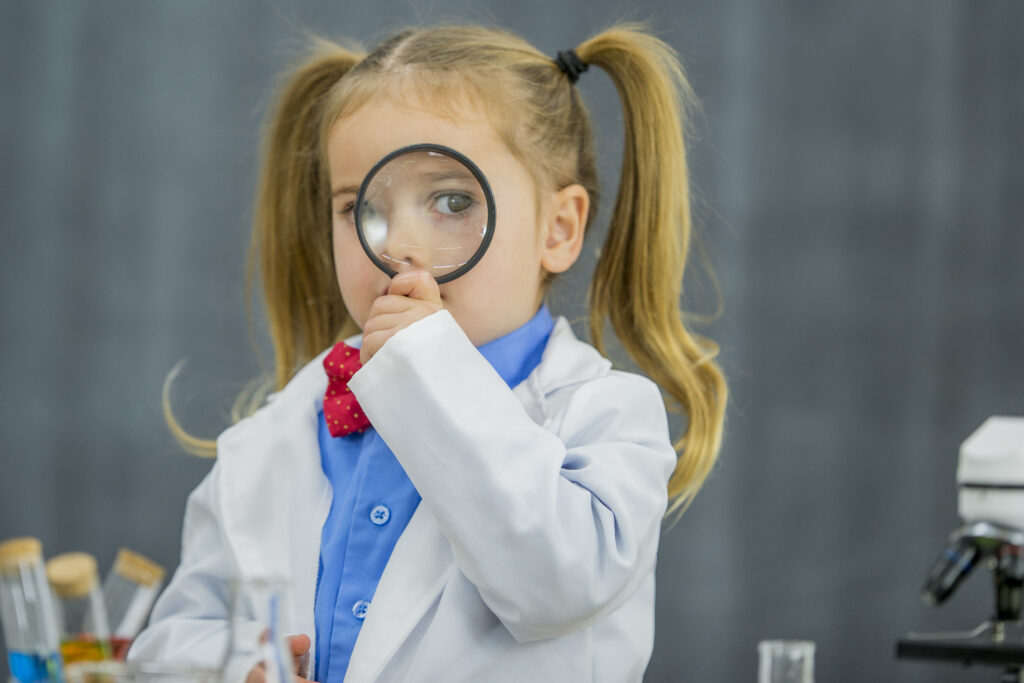
Etiquette for coughing and sneezing
Cover your nose and mouth with your inner elbow rather than your hand when coughing or sneezing. Coughing and sneezing safely can be a fun activity for kids because, when done correctly, it mimics a vampire lifting their cloak. The “vampire sneeze” is a fun way for children to learn to use their elbows, helping them to remember it!
Food safety
Handwashing before and after meals helps children avoid illness and messes. Children should wash their hands with warm, soapy water before preparing food. Even if food appears and smells fine, it could contain bacteria that can cause illness.
Eating with your hands is a common way for viruses to enter the body or attack the immune system, so it’s critical to teach children not to lick their fingers while eating.
Cleanliness of the face
Many diseases and conditions can be avoided or controlled by practising good hygiene and frequently washing parts of the face.
Teach children to wash their face and take care of their teeth, mouth, eyes and ears as part of good facial hygiene. Have them use soap and clean, running water to remove dirt, oil and other impurities from their face.
Why is it critical to promote good hygiene practices in childcare?
Personal hygiene skills are an essential part of self-care and will help children live a healthy life with lifelong positive hygiene habits. Good hygiene habits that start when children are young can aid healthy growth and development. With so much physical contact with other people and the environment, children are more likely to catch and spread diseases.
Even though childcare facilities cannot prevent the spread of infections, they should strive to maintain a clean environment to limit the spread of disease and illness as much as possible. Through good hygiene practices, children will also learn to be self-sufficient and gain confidence and self-worth.
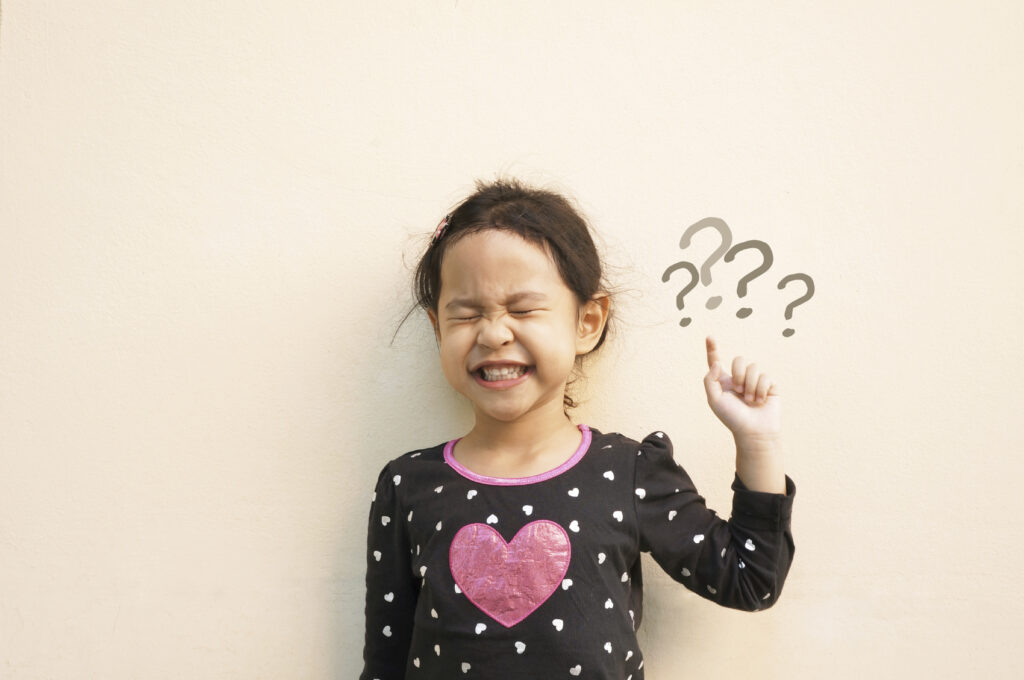
Health and safety
Including opportunities for children to learn basic hygiene promotes their health and well-being. When children are encouraged to develop self-help skills while playing, they gain the experience they need to develop good hygiene habits for life.
Social development
Hygiene procedures have an impact on social interactions as well. Children who are taught how to prevent germ transmission will learn how to maintain cleanliness and sanitation. Personal hygiene habits can affect not only our health but other aspects of our lives, such as our ability to work and our relationships with others.
Boost self-esteem
Teaching children proper hygiene procedures is one of the most effective ways of boosting their confidence. Healthy hygiene habits start as something we do for our children in their early years before becoming something they eventually do for themselves.
Developing a child’s personal hygiene skills can boost their confidence significantly. It gives children the resources they need to develop independence and engage in activities on their own. When children have a positive and healthy image of themselves, they can focus on other areas, like making great connections with their peers.
Feeling of safety
The need to maintain strong, positive interactions with children will only grow as they get older. Children’s academic performance often improves when they have a healthy sense of security.
Self-care skills
The many routines, rituals and activities that occur throughout the day in a childcare centre also help to develop self-help skills.
Being familiar with appropriate toileting and good hygiene practices is a part of developing self-care skills. Toddlers who practise these abilities also practise other early learning building blocks, such as large and fine motor skills, sensory processing, language comprehension, and the ability to follow simple routines.
Independence
As they learn to properly care for themselves and be more independent, children will start to develop a healthier sense of self-esteem. Self-care helps them develop a sense of independence as well as their ability to help themselves. People have a more positive attitude towards themselves when keeping their surroundings clean.

Methods for promoting good hygiene practices in childcare
Fighting germs and illness should be a top priority in any childcare centre. Children don’t always consider cleanliness and sanitation, so schools and care services should teach children the importance of basic cleanliness and implement various healthcare measures.
Through daily routines in a childcare setting, children can learn proper cleanliness from adults. The best way to teach a child good hygiene habits is to model them. Practice good sanitation and be a role model. The following are some ideas to help each child develop good hygiene habits.
Signs and posters
Posters and lessons are excellent ways to emphasise the importance of cleanliness. Posters and signs should be displayed in schoolyards, playgrounds, restrooms and classrooms. Good hygiene standards can be enforced by displaying these posters. Every child should be taught proper handwashing, hygiene, toilet flushing, trash disposal and water consumption.
Posters showing how to wash your hands and brush your teeth should be placed near sinks and toilets so that children can see them and remember how to stay clean. Written hygiene policies, nappy-changing procedures and other appropriate procedures can also be included.
Activities
If you show a child what germs and viruses do, it’s easier for them to understand why handwashing is essential. Encourage children to wash their hands with soap and water by engaging them in activities such as:
- Show what happens to germs when we wash our hands to emphasise the importance of handwashing. An example of an activity that demonstrates what happens when you use soap to wash your hands
- Hand washing to various music (Happy Birthday, The Alphabet Song)
- Clean Your Hands (to the tune of Row, Row, Row Your Boat)
Routine cleaning
To reduce the risk of illness and germs, supervisors and managers must keep play areas clean and sanitise equipment and toys.
Bacterial colonies thrive on equipment and toys. All children encounter dirty surfaces and equipment, especially after playing with toys or in outdoor play areas. Sweaty hands during sports can spread germs, especially if a child shares equipment (bats, balls, rackets, monkey bars, hula hoops, etc.).
Other activities children may engage in include playing musical instruments, arts and crafts, classroom games or role-playing. These activities may include person-to-person contact, which can transmit diseases and illnesses. All items used must be cleaned regularly to prevent the spread of infection.
Practice handwashing
Handwashing is the simplest and most critical hygiene activity a child can learn. Explain to the child why this is necessary. You may say, “We wash our hands to get rid of dirt and germs.”
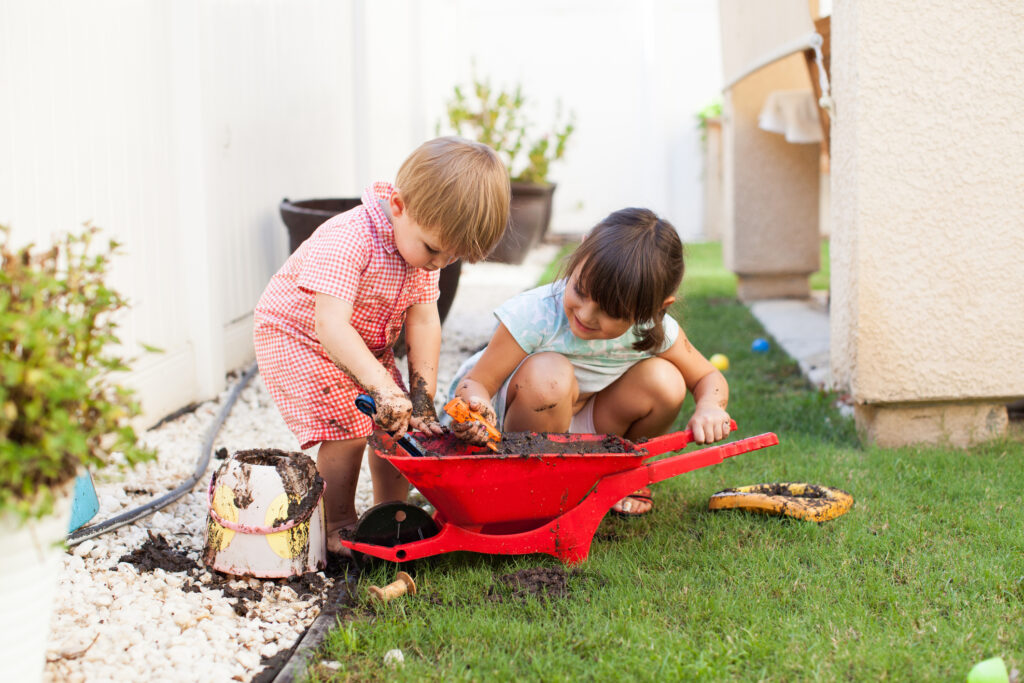
A child will frequently play in the sandpit, handle toys and equipment or do crafts. They cough and sneeze without covering their mouths/noses, leaving saliva on surfaces. Washing their hands helps minimise the risk of cross-infection by stopping transmission and killing germs and bacteria.
Offer hand hygiene solutions for every restroom. Hand sanitisers, soap dispensers, paper towel dispensers and an automated hand drier may all be put in the centre’s restrooms for children.
A child may be taught to wash their hands with soap (or protective hand cream) and water before or after meals, as well as after using the bathroom, wiping their noses, participating in dirty activities or playing outdoors.
Children running about touching furniture, sharing crayons, playing with toys, sharing books, handling food and using eating utensils may cause germs and diseases to spread quickly in a childcare setting. Due to the high degree of physical interaction in this setting, the risk of infectious diseases may increase.
While it’s up to parents to teach appropriate cleanliness, childcare facilities should model this to keep everyone healthy and encourage sanitary behaviour. Everyone must employ adequate hygiene to keep a childcare area clean.
Good hygiene practices may seem like modest daily duties, but they have a life-changing influence on a child and family’s health and welfare.
Our teacher platform, Playground, makes it easy to track good hygiene practices at your centre to help keep children safe and healthy while storing your efforts in the cloud to access during your next centre review.

